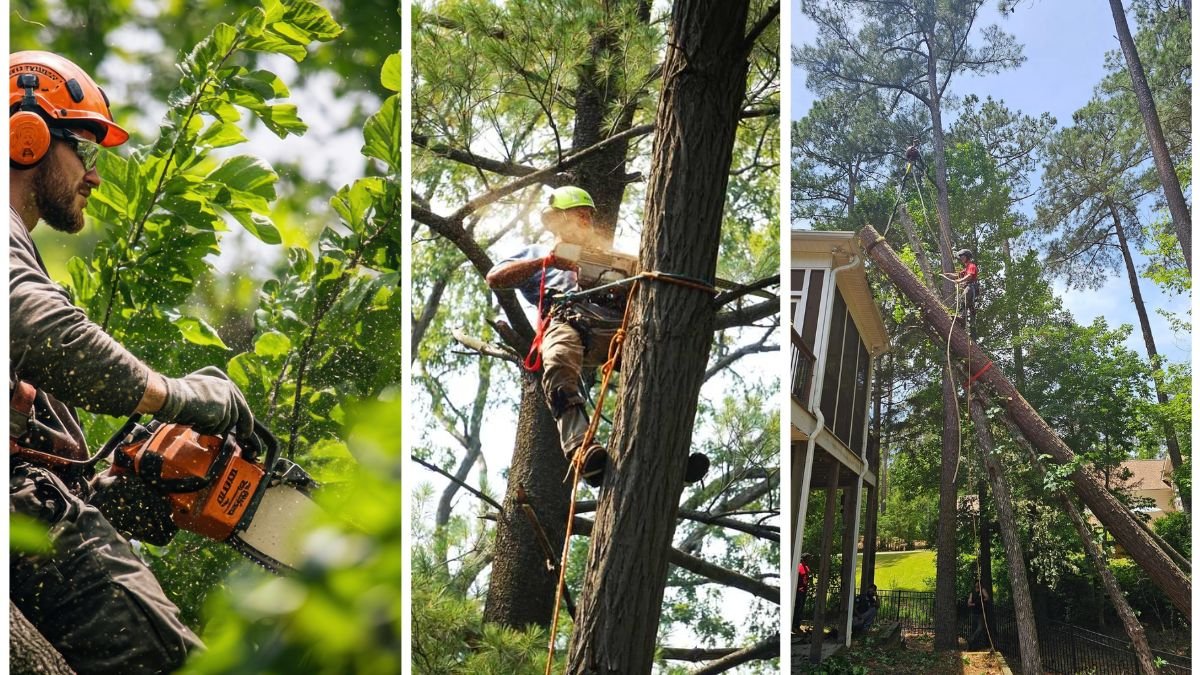Trees along property boundaries can enhance landscapes, provide shade, and increase property value. However, they can also lead to disputes and complications if not properly managed. Boundary tree issues—such as overhanging branches, invasive roots, disease, or safety hazards—can cause tension between neighbors. Knowing when to call an arborist is essential for maintaining healthy trees, preventing property damage, and avoiding legal conflicts.
This article explores the key situations that warrant professional tree intervention, the role of an arborist, and practical strategies for managing boundary tree issues effectively.
Understanding Boundary Trees
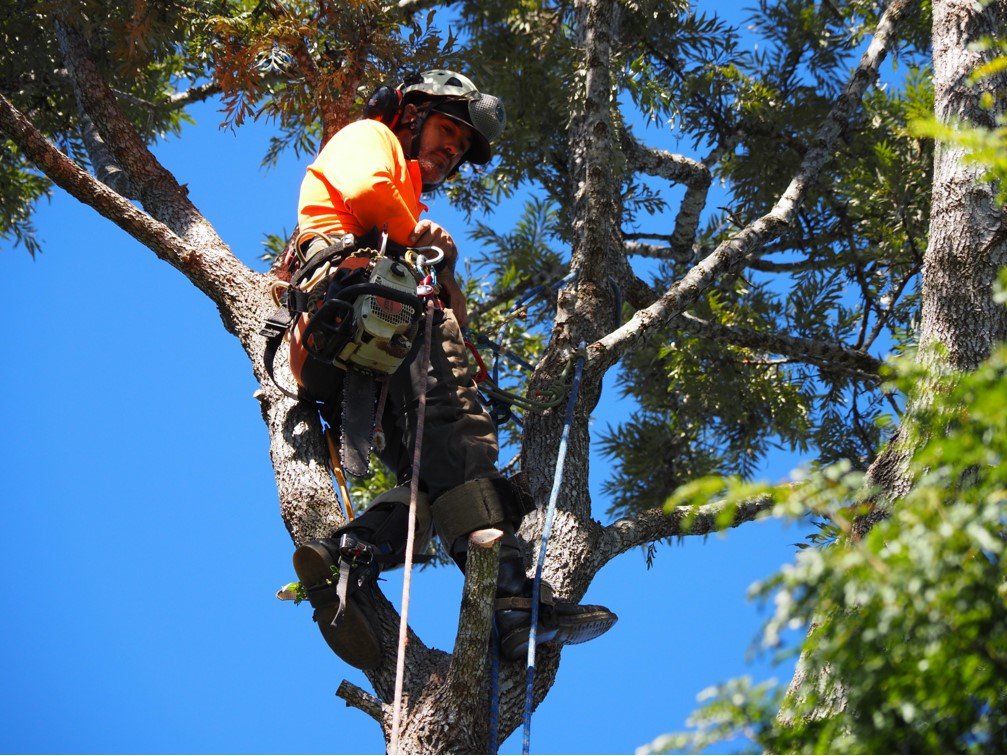
Boundary trees are those that:
- Straddle property lines – with trunks or roots extending into multiple properties.
- Overhang neighboring yards – branches, leaves, or fruits encroach on adjacent property.
- Pose risks – unhealthy or unstable trees near property lines can threaten safety.
While neighbors can sometimes manage minor trimming or maintenance, boundary trees often require specialized knowledge to avoid harm, legal disputes, or long-term damage.
The Role of an Arborist
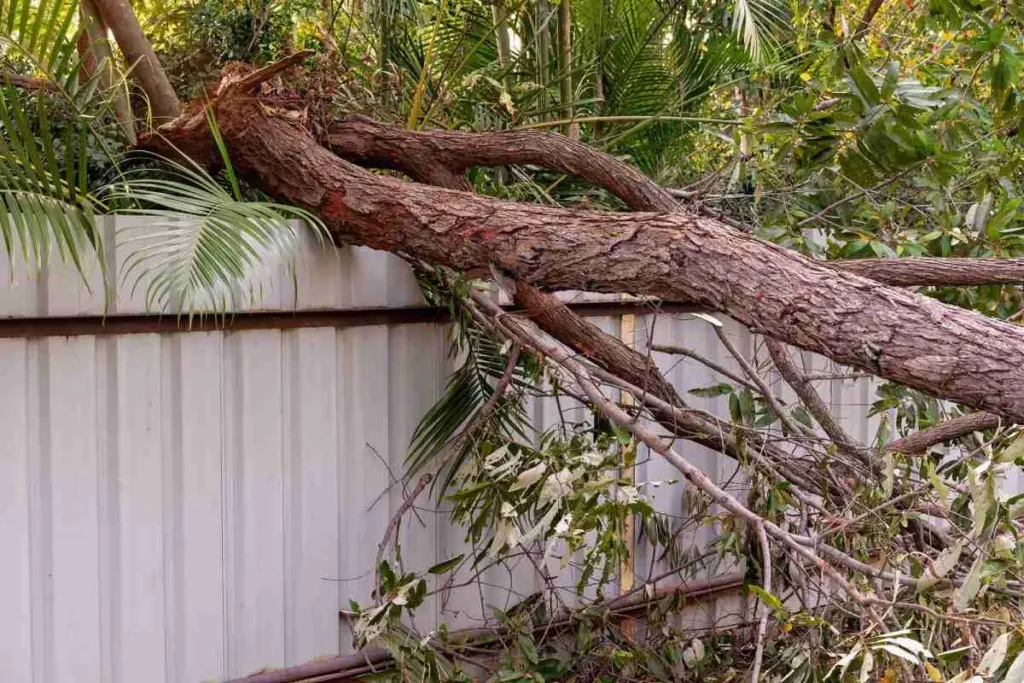
An arborist is a trained professional who specializes in the care, maintenance, and management of trees. Their expertise includes:
- Tree Health Assessment – Identifying diseases, pests, or structural weaknesses.
- Pruning and Trimming – Safely removing overhanging or hazardous branches.
- Root Management – Assessing and mitigating invasive or damaging roots.
- Tree Removal – Removing dead, diseased, or dangerous trees safely.
- Advice and Documentation – Providing professional recommendations and written reports for legal or insurance purposes.
Hiring an arborist ensures that boundary trees are handled safely, legally, and with long-term health in mind.
Key Situations to Call an Arborist
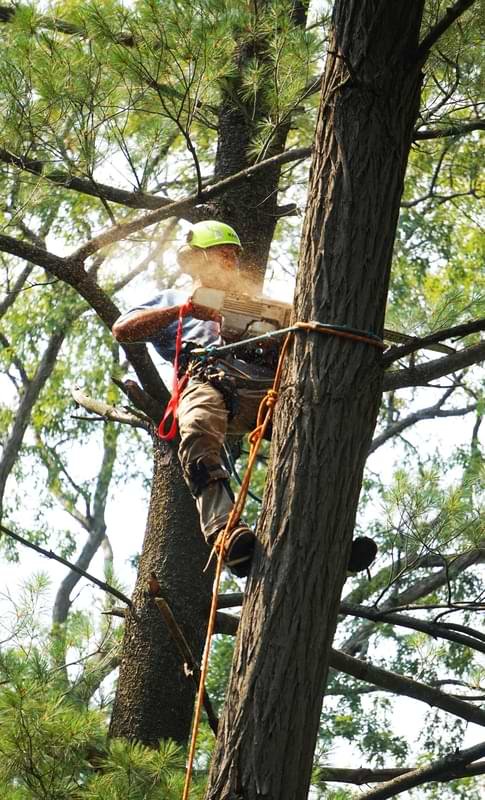
1. Overhanging Branches
Branches from a boundary tree can encroach on your property, causing damage to structures, vehicles, or gardens. While minor trimming is sometimes done by homeowners, professional help is recommended when:
- Branches are large or high above the ground, making DIY pruning risky.
- The tree is close to power lines or structures.
- You are unsure how much to prune without harming the tree’s health.
Arborist’s Role: Safely prune branches, assess structural stability, and prevent accidental property or tree damage.
2. Diseased or Pest-Infested Trees
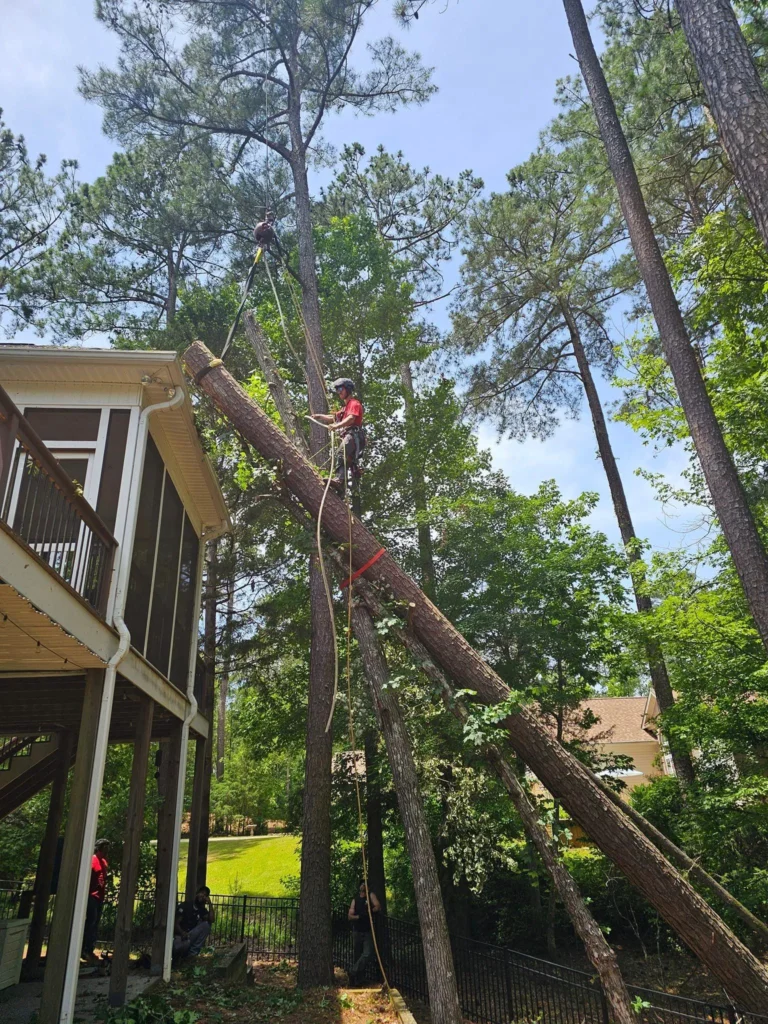
Boundary trees may suffer from disease or pests, which can spread quickly to neighboring trees. Early detection and professional treatment are crucial.
Signs you need an arborist:
- Dead or discolored leaves, mushrooms, or fungus at the base.
- Cracks, splits, or hollow sections in the trunk.
- Infestations of insects like borers, aphids, or scale.
Arborist’s Role: Diagnose the disease or infestation, recommend treatment, and implement safe removal of affected branches or the entire tree if necessary.
3. Leaning or Structurally Unsafe Trees
A leaning tree near a property line can pose a serious hazard, especially during storms or high winds. Signs of concern include:
- Significant lean toward neighboring property.
- Exposed or cracked roots.
- Weak or decayed trunk sections.
Arborist’s Role: Conduct a stability assessment, suggest corrective actions (such as cabling, bracing, or removal), and minimize the risk of property damage or injury.
4. Root Intrusion
Roots of boundary trees can cause damage to foundations, sidewalks, driveways, or underground utilities. Indicators that an arborist should be called include:
- Cracked pavement or walls near the tree.
- Roots growing into gardens or irrigation systems.
- Frequent soil heaving or pooling water near the tree base.
Arborist’s Role: Identify invasive roots, advise on root barriers, pruning, or relocation, and ensure tree health while protecting property.
5. Dead or Dying Trees
Dead trees are a safety risk and can quickly become liabilities. You should call an arborist if:
- The tree has extensive dead branches or leaves.
- The trunk is decaying or hollow.
- Birds, pests, or fungi are prevalent, indicating structural weakness.
Arborist’s Role: Safely remove dead or dying trees, dispose of debris, and suggest replacements if desired.
6. Disputes Between Neighbors
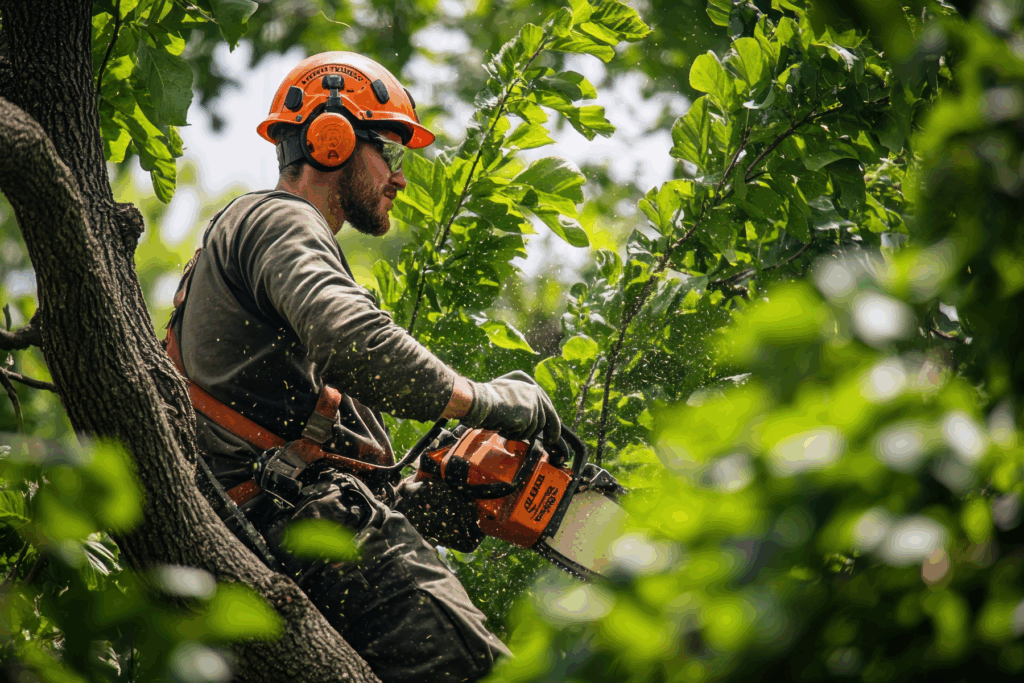
Boundary tree issues often involve conflicting interests between neighbors. If disputes arise over:
- Responsibility for trimming or removal.
- Costs for maintenance or replacement.
- Damage claims due to falling branches or roots.
An arborist can provide a neutral professional assessment, including written reports, to guide fair resolutions and prevent legal escalation.
Cost Considerations
Hiring an arborist involves various costs depending on the scope of work:
- Tree Assessment: $100–$300 for inspection and advice.
- Pruning: $200–$1,000 depending on tree size and difficulty.
- Tree Removal: $500–$3,000 based on height, trunk diameter, and location.
- Root Management: $200–$1,000 for pruning or installing root barriers.
Tips for Managing Costs:
- Obtain multiple quotes from certified arborists.
- Share costs with neighbors if the tree benefits or affects both properties.
- Document the condition and work performed for insurance or legal purposes.
Legal and Safety Considerations
Boundary tree issues often involve legal responsibilities:
- Property Owner Liability: Owners are typically responsible for trees that could cause harm to neighbors or property.
- Neighbor’s Rights: Neighbors can trim overhanging branches that cross their property line but must avoid harming the tree.
- Permits: Some municipalities require permits for major tree pruning or removal.
Tip: Always check local laws and HOA regulations before performing any work on a boundary tree. Hiring an arborist ensures compliance and minimizes legal risk.
Preventive Measures
Proactive management reduces the need for emergency arborist visits:
- Regular Inspections – Have trees checked periodically for disease, decay, or structural issues.
- Routine Pruning – Maintain proper branch growth and shape to prevent hazards.
- Plant Appropriate Species – Choose trees with non-invasive roots and manageable growth near boundaries.
- Neighbor Communication – Discuss concerns and planned maintenance collaboratively to prevent disputes.
- Documentation – Keep records of inspections, pruning, and agreements for legal clarity.
Benefits: Preventive care preserves tree health, protects property, and minimizes neighbor conflicts.
Conclusion
Boundary tree issues can range from minor annoyances to major safety hazards, often involving property damage or neighbor disputes. Recognizing when to call an arborist is critical for maintaining tree health, ensuring safety, and preserving good neighborly relations.
You should consider hiring a certified arborist when:
- Branches overhang neighboring property or structures.
- Trees show signs of disease or pest infestations.
- Leaning or structurally unsafe trees pose a risk.
- Roots intrude on foundations, driveways, or underground utilities.
- Trees are dead, dying, or decaying.
- Neighbor disputes require professional, neutral assessment.
By taking a proactive approach—regular inspections, proper pruning, and open communication with neighbors—you can prevent hazards, avoid legal issues, and protect your property and relationships. Professional arborists provide the expertise needed to safely manage boundary trees, ensuring your landscape remains healthy, beautiful, and harmonious.
